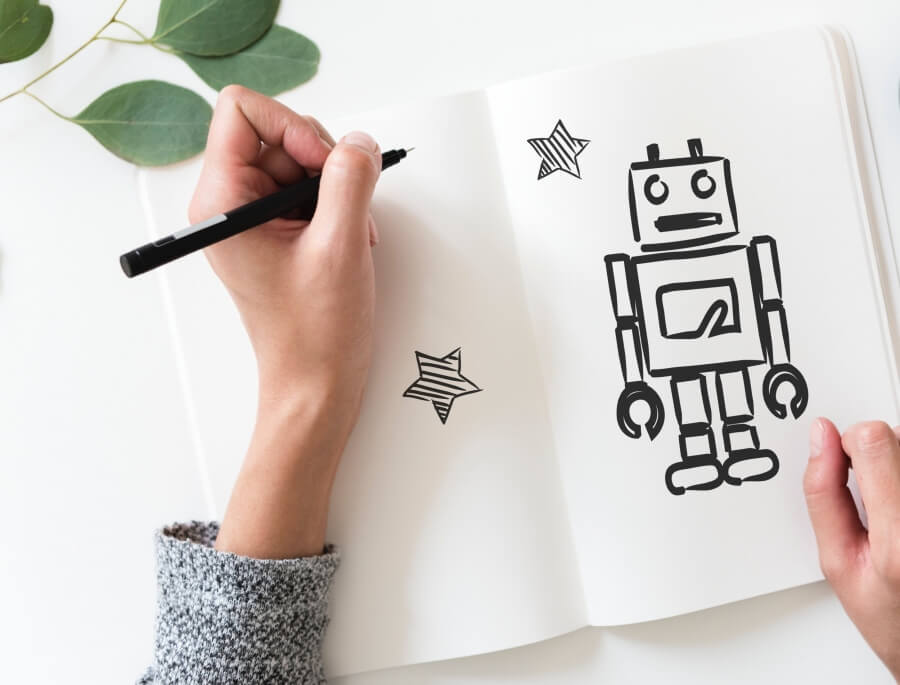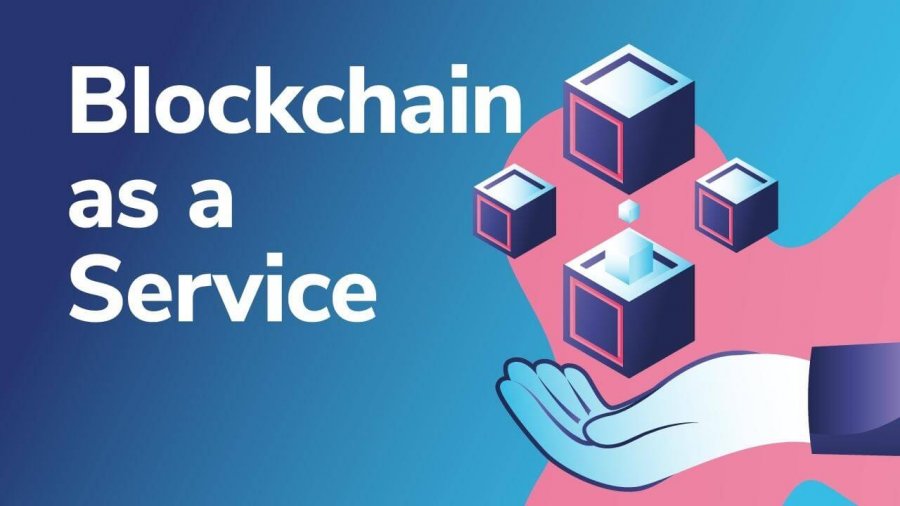If we take a close look at the periphery of the business, Artificial Intelligence is something that has done a lot in terms of improving operations, driving customer engagement and optimizing customer experience.
Several brands deployed an intelligent routing system on their phones, or leveraged a chatbot for online customer service but AI solutions even today are being viewed as mission-critical. However, there seems to be some confusion inherent in AI’s lack of adoption in that many brands view automating any manual tasks as artificial intelligence. Well, the reality is that AI is such technology that requires a learning component. Let us understand AI technology in detail.
Artificial Intelligence in general mainly seems to be focusing on making intelligent systems that are capable of stimulating human-like decision-making and execution – enabling them to perform functions traditionally executed by skilled human professionals. But in order to pursue so, one needs to raise its bar high because of the speed and power available on modern computing platforms. AI is a very simple concept that replicates a simple human decision or an extremely complex one. For example, executing real-time customer “conversations” in a call-center which eventually provides a natural experience to the end users.
With severe advances in data processing speeds, lower costs, big data volume and integration of data science into technology has simply resulted in making AI a practical reality for several organizations as well as individuals.
Its benefits include
- Improving how you engage with your end users
- Enhances in terms of both performance and efficiencies of the task it’s assigned to.
- Increase competitive advantage due to multiple productivity gains by automating processes
- Power smarter machinery, vehicles and structures
- Enhance customer intimacy and thereby increase consumer demand
- Improve analysis of video and audio in real-time
AI in several Industrial sectors
Right from image and speech recognition to medical diagnosis, self- driving vehicles, personalized healthcare, AI offers a plethora of possibilities for each and every industry.
Fraud detection- Ability to compare millions of transactions and distinguish between legitimate and fraudulent transactions on the precise basis.
Data security– Excel in identifying patterns on how data in the cloud is accessed and report anomalies that could predict security breaches.
Marketing- Helps to increase the likelihood of a user by simply clicking programming targeted ads and optimizing what product mix must be displayed.
Recommendations– The technology has the ability to determine what one might like to buy or binge watch next by analyzing millions of other users.
Security screening– Potential to eliminate all false alarms and spot things human screeners might miss in security screenings simply to ensure safer events.
Online search– It may quite interest you to know the fact that Google and its competitors on the constant basis are improving on what the search engine understands to deliver a better result in the future.
Language mining– Language processing can stand in for customer service agents and more quickly route customers to the required information
AI and its practical application development
Retail– Technologies such as Artificial Intelligence and Machine learning are being used by several online retailers in several ways such as- online recommendation engine allows retailers to offer personalized promotions or user experience based on customer’s previous purchases or activities.
Next in line comes better customer service and delivery systems which can now be possible only by using smart machines which can reduce response time and support in situations where resources are less
Apart from this, monitoring price that changes over a certain point of time enables several ecommerce companies to track patterns right according to demand.
Financial services– The transformative potential of such technologies has compelled several financial service industries to adopt with vigour. Which also means that such technologies can even help banks, insurers, and investors in making smarter decisions in several areas ranging from managing client satisfaction to reacting to market trends, predicting risk, innovate to stay competitive and so more.
Healthcare– It may quite interest you to know that organizations have started capitalizing on the intersection between the Internet of Things (IoT) and data analytics in order to enable smarter healthcare solutions. For example, robot-assisted surgeries are becoming very common these days. In fact, they aren’t just precise but have a higher success rate with quicker recovery and smaller surgery scars. Apart from this, using personalized health monitoring using smartwatches and other wearable devices have made health telemetry a reality.


























Leave a Reply